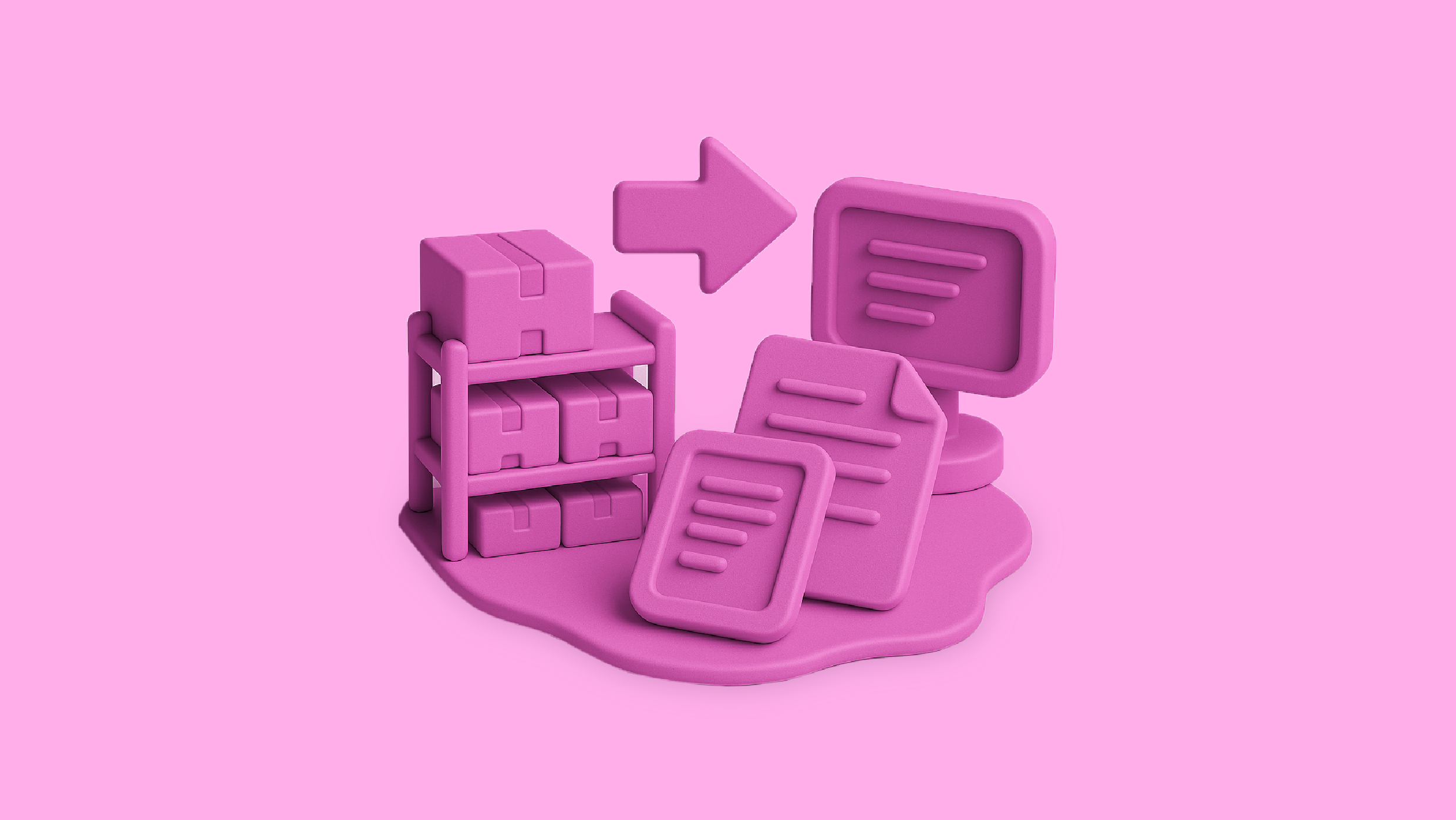Managing money coming in and going out is central to any business. Yet, many growing companies continue to rely on outdated or manual methods to track who they owe and who owes them. This often leads to missed payments, delayed collections, and a lack of visibility into the company’s financial health.
Enter business process automation—a practical, step-by-step approach to streamlining how payables and receivables are handled. It’s not about adding more tools or making things complicated. It’s about making core processes work better, faster, and more reliably.
What Are Payables and Receivables, Really?
Before diving into automation, let’s break down the basics.
- Accounts Payable (AP) refers to money a business owes to its suppliers or service providers. This includes invoices for goods received, rent, utilities, or professional services.
- Accounts Receivable (AR) is the money a business is entitled to receive from customers or clients. These are payments due for products sold or services delivered.
Both are essential to cash flow. Delayed collections can starve a business of funds. Late payments can lead to penalties or strained vendor relationships. Managing both efficiently is key.
Where Manual Processes Fall Short
Many businesses, especially small and mid-sized ones, still process invoices and track payments using spreadsheets or paper-based methods. This approach often causes:
- Delayed invoice approvals due to physical routing or email back-and-forth.
- Missed due dates, leading to late payment penalties or broken vendor trust.
- Human errors in data entry affect financial accuracy.
- Lack of payment follow-ups, especially when there’s no alert or reminder system.
- Difficulty in reconciliation, especially when payments don’t match records exactly.
These inefficiencies can drain time and money. More importantly, they keep finance teams stuck in routine tasks when they could be helping drive growth.
Enter Automation: What It Actually Does
This is where business process automation and workflow automation make a difference. They help reduce repetitive tasks, improve accuracy, and ensure timely actions—without replacing people.
Let’s look at how it works for both AP and AR.
Accounts Payable Automation
In a manual setup, invoices need to be entered, reviewed, approved, and scheduled for payment. Automation simplifies this entire cycle:
- Invoice Capture: Tools scan physical or digital invoices and automatically extract key details, eliminating the need for manual entry.
- Approval Workflows: Workflow automation routes invoices to the right person based on amount or vendor, reducing delays.
- Reminders and Alerts: The system reminds approvers of pending actions and flags due payments before deadlines.
- Vendor Portals: Some systems even allow vendors to check payment status themselves, reducing follow-up calls or emails.
- Audit Trail: Every action is recorded, making it easier to track decisions and stay compliant.
The result? Fewer errors, faster approvals, and better relationships with vendors.
Accounts Receivable Automation
On the receivables side, the key goal is to ensure timely billing and follow-ups. Workflow automation helps by:
- Generating Invoices Automatically: Based on completed work or product delivery, systems create and send invoices with minimal input.
- Tracking Invoice Status: Know exactly when a customer has received, opened, or acted on an invoice.
- Payment Reminders: Automated follow-ups ensure customers are reminded at the right time, without sounding pushy.
- Online Payment Integration: Some systems even allow customers to pay directly through payment links in the invoice.
- Payment Matching: Once a payment is received, the system can match it with the corresponding invoice, making reconciliation easy.
This ensures that cash comes in on time, with less manual chasing.
How It Helps (Without the Jargon)
Implementing business process automation for AP and AR brings real, measurable benefits:
- Faster turnaround times – invoices are processed and paid quickly, reducing delays.
- Reduced manual errors – automation removes the need for repetitive data entry.
- Improved cash flow – timely collections and payments ensure healthy working capital.
- Better visibility – dashboards and reports show exactly what’s pending, overdue, or cleared.
- Time saved – finance teams can focus on analysis, planning, and strategy instead of routine admin.
Automation doesn’t make your team redundant, but helps them do higher-value work.
Real-Life Use Case: A Small Manufacturer’s Shift
Consider a mid-sized manufacturer supplying goods across several states. They used to manage invoices through Excel and physical files. Supplier bills would pile up until someone manually entered them into the system. Customer invoices were often delayed, and follow-ups were irregular.
After implementing a simple workflow automation system for AP and AR:
- Invoice processing time dropped from 4 days to less than a day.
- Overdue customer payments reduced by 30% within the first quarter.
- Monthly reconciliation, which used to take a week, now takes a couple of days.
- The finance team, now freed from admin work, started identifying credit risks and advising on working capital planning.
These are not dramatic changes—but they made a noticeable impact on operations and cash flow.
Is It Worth the Switch?
Business process automation is more accessible today than it was a few years ago. There’s no longer a need for large IT budgets or complex setups. Many cloud-based platforms offer modular solutions tailored to small and mid-sized businesses.
Before switching, ask yourself:
- Do we process a large volume of invoices every month?
- Do we often deal with delayed payments or approvals?
- Are we relying on spreadsheets and manual entries?
- Is the finance team spending more time on admin than analysis?
If the answer is yes to even two of these, it may be time to explore automation. Start with one side, payables or receivables, and scale from there.
Conclusion
Automation isn’t about technology for the sake of it. It’s about solving real problems in a practical way. When it comes to accounts payable and receivable, business process automation helps businesses stay efficient, reduce stress, and maintain control over their finances.
In a fast-paced environment where every rupee and every day counts, workflow automation ensures that your team is not buried in paperwork—but focused on what matters most: running the business.
If you’re looking to simplify and speed up your payables, OPEN’s Accounts Payable solution offers a smart way to automate invoice processing, approval workflows, and vendor payments—all in one place.





